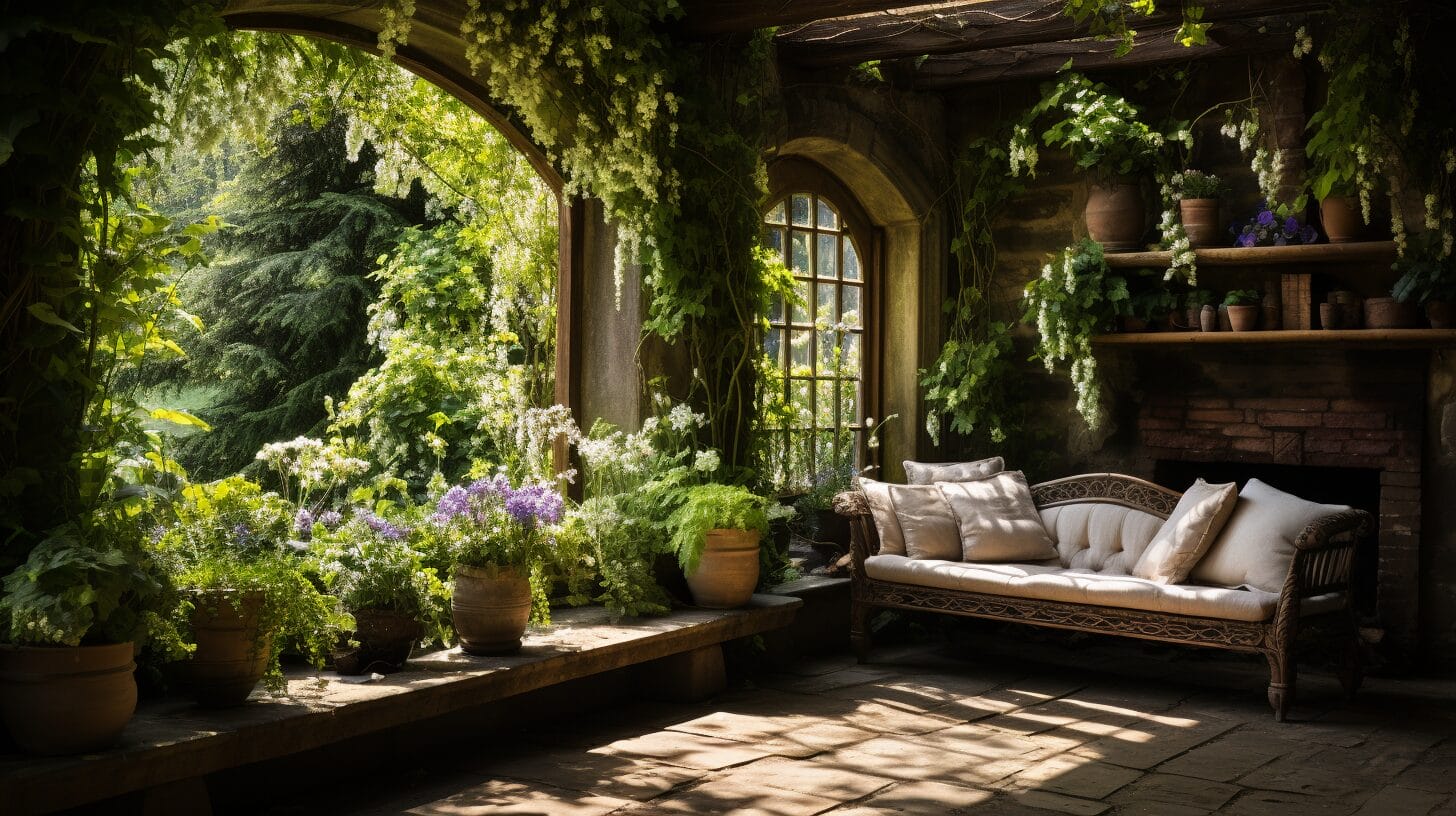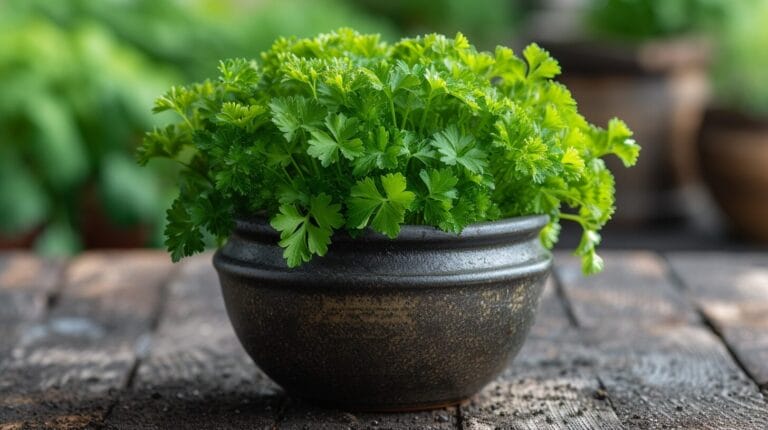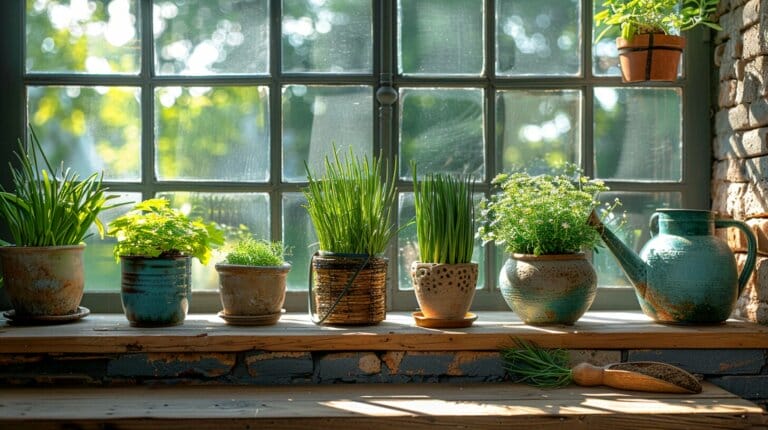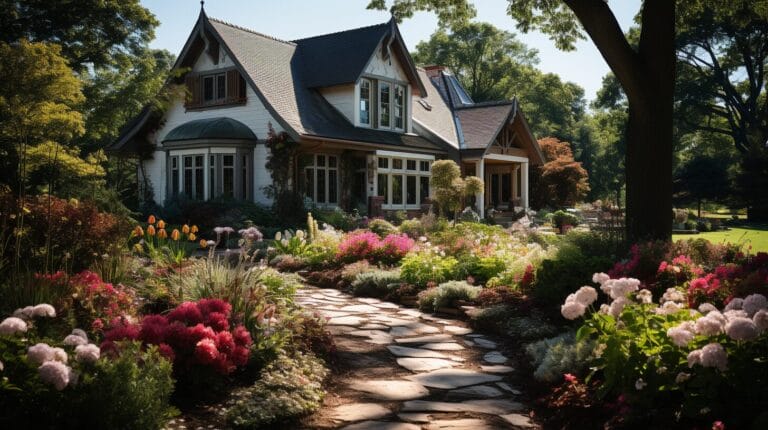Climbing Shade Plants: Turn Shady Spots Into Garden Highlights in 2024
Similar to the way the Hanging Gardens of Babylon added an element of marvel to a historic city, you have the capacity to instil a hint of plant marvel into your garden’s shady areas. By selecting appropriate climbing plants that thrive in the shade, you can turn poorly lit areas into lively and welcoming outdoor spaces.
The art of selecting plants that thrive in lower light while bringing structure and beauty to your garden’s vertical planes is subtle. As you consider cloaking your shady walls and fences in foliage, you might wonder which climbers will flourish.
The following guide will help you select, plant, and care for these versatile specimens, ensuring that even the most shadowed corners of your garden become enchanting highlights.
Key Takeaways
- Climbing shade plants can transform shaded garden spaces into vibrant outdoor rooms.
- Understanding the essentials of climbing shade plants allows you to create a lush, layered paradise in your garden.
- Selecting the right climbing plants for shade involves considering flowering potential, growth habits, and maintenance requirements.
- Flowering vines like honeysuckle and clematis add color and visual impact to shady gardens, while vigorous vines like climbing hydrangeas and ivy provide year-round greenery.
Understanding the Essentials of Climbing Shade Plants

Climbing shade plants are unique because they use vertical space in your garden, reaching upwards by clinging to structures like trellises or fences. This characteristic allows you to transform a plain shade garden into a lush, layered paradise.
These plants come in various types, each with its light preferences. Most shade-loving vines flourish in partial shade, where they receive some sunlight but are protected from harsh midday rays.
Climbing shade plants add depth and intrigue, drawing the eye upward and creating a sense of height and abundance. When choosing vines, consider the specific environment of your space. Match the plant to your garden’s conditions for thriving climbers.
Selecting the Best Climbing Plants for Shade

Choose the right climbers for shade to ensure even the dimmest corners are adorned with lush foliage and vibrant blooms. Consider flowering potential, growth habits, and maintenance requirements.
Star jasmine is an excellent choice for shaded garden spaces, with star-shaped flowers and a delightful fragrance. Virginia creeper, without blossoms, provides vigorous growth and fantastic fall color.
Shade-loving climbing roses need indirect light to produce their iconic flowers, while classic ivy covers large areas with ease, providing a timeless look with minimal fuss.
Flowering Vines: Adding Color to Your Shady Garden
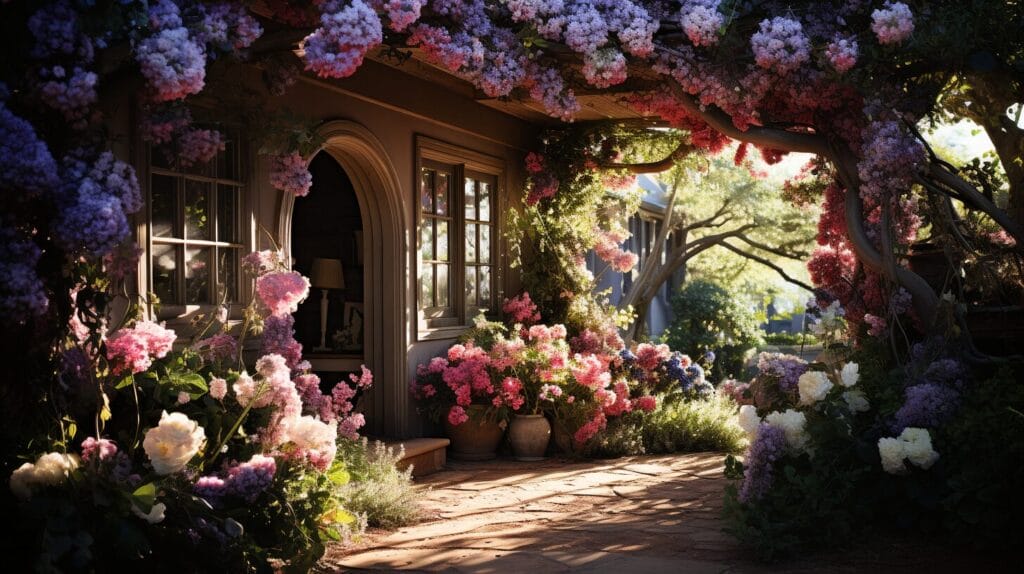
Flowering vines add a splash of color and create a dynamic visual impact. Honeysuckle, with its sweet fragrance and tubular flowers, is a vigorous climber and a low-maintenance, high-impact garden addition.
Clematis vines, known for their wide range of bloom colors and shapes, allow for a succession of blooms. Some species of wisteria, which require sturdy support, can also do well in partial shade.
Vigorous Vines: Incorporating Hardy Climbers into Your Shade Garden
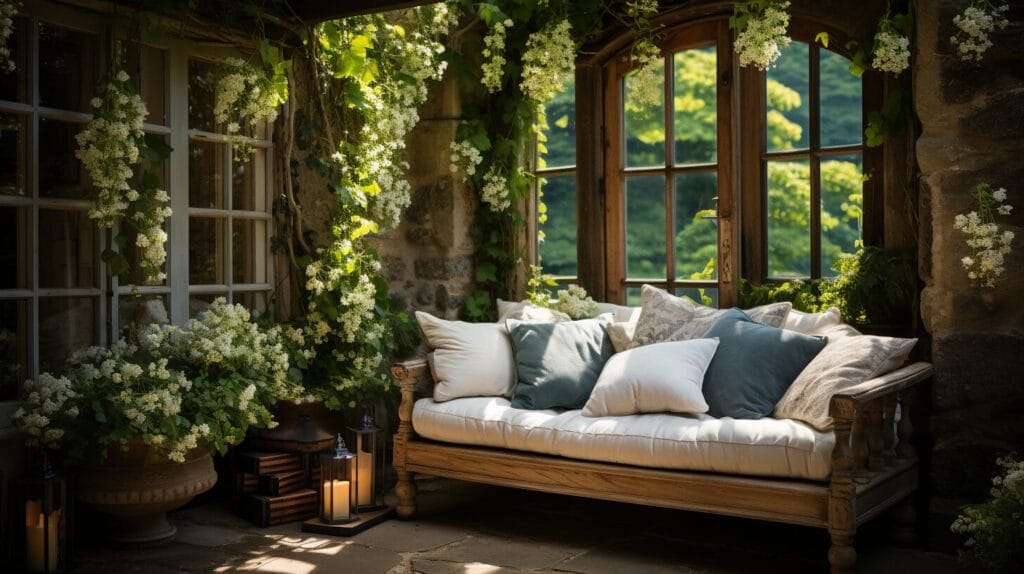
Climbing hydrangeas are resilient, thriving in dense shade and producing stunning white flowers. Trumpet vines and evergreen varieties like ivy provide year-round greenery.
Choose climbing shade plants that complement the existing flora and conditions of your garden. Monitor their growth and provide suitable support structures to prevent aggressive overgrowth.
Caring for Climbing Shade Plants: Pruning, Maintenance, and Hardiness
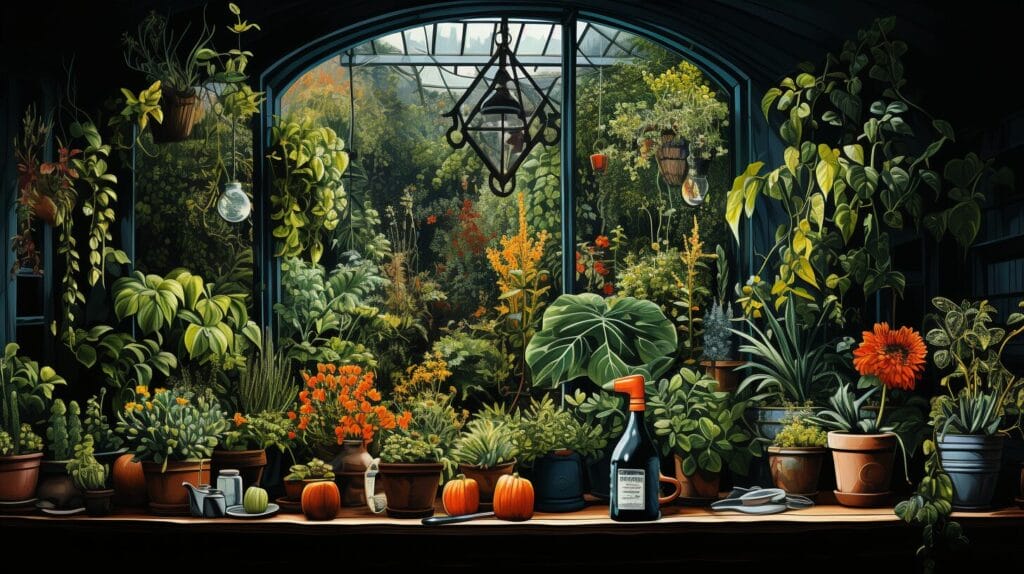
Regular pruning promotes healthy growth and prevents overcrowding. Maintenance includes providing adequate support structures and monitoring watering needs.
Perennial vines, tolerant of shade and harsh conditions, require protection from extreme weather and mulching to regulate soil temperature and moisture.
Conclusion
You’re equipped to turn dim garden nooks into leafy retreats. Choose climbers that love the shade, and embrace the charm of climbing shade plants, making every garden corner a captivating highlight.
Frequently Asked Questions
Is There a Climbing Vine That Grows in the Shade?
Yes, climbing hydrangea and Japanese hydrangea vine thrive in shade, adding height and beauty without much sunlight.
What Is the Fastest Growing Climber in the Shade?
The climbing hydrangea is the fastest-growing climber for shaded areas, reaching up to 30 feet.
Can You Grow Clematis in Full Shade?
Clematis can grow in full shade with fewer blooms. Choose shade-tolerant varieties and provide well-drained, rich soil for success.
Will Clematis Grow on the North Side of the House?
Clematis can grow on the north side if it receives enough light and is shielded from strong winds. Provide good support and care for these climbing beauties.

